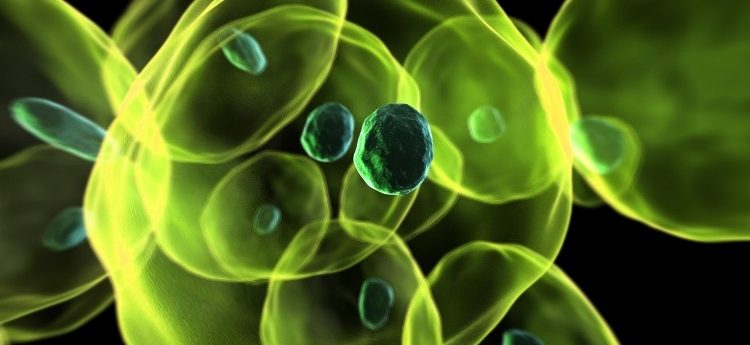Muscle stem cell pathway represents potential therapeutic target for muscle degeneration in the elderly

Researchers have discovered that age-related decline in muscle degeneration can be ascribed to GAS1 activity, which causes the functional decline of skeletal muscle stem cells.
A team of researchers from the Carnegie Institute for Science (DC, USA) have discovered that the GAS1 protein suppresses the ability of skeletal muscle stem cells (MuSCs) to build new muscles, suggesting that this is the cause of age-related decline in muscle regeneration after injury.
In a study published in Nature Metabolism, the team used a TMX regimen to cause injury in the tibialis anterior muscle of young (2—3 months) and aged (18—24 months) mice, then collected muscle samples to analyze the role of GAS1.
The researcher’s findings revealed that young GAS1-positive MuSCs have poorer functionality compared with GAS1-negative MuSCs in vitro. However, a combination of both cell types are able to regenerate muscle in vivo, which was shown in mature mice.
“Encoded by the growth-arrest specific gene, the GAS1 protein lives up to its name, accelerating the functional decline of muscle stem cells,” explained lead author Liangji Li (Carnegie Institute for Science).
The team reported that expression of Gas1 progressively increases with age and overexpression of Gas1 in young mice reduced the self-renewal of MuSCs. Furthermore, removing GAS1 from aged MuSCs rejuvenated them to a youthful state that supported robust regeneration.
The team of researchers also discovered that the cell-surface receptor RET — which is necessary for MuSC renewal — is inhibited by GAS1.
When RET signalling was restored using a third protein called GDNF — which binds to and activates RET — MuSC self-renewal was enhanced. Concurrently, muscle function was improved, suggesting that this pathway could be exploited to improve age-related decline in muscle regeneration.
“With a rapidly aging population, issues like muscle deterioration are an increasing societal challenge,” commented group leader, Chen-Ming Fan (Carnegie Institute for Science). “Our work could reveal a potential pathway for therapeutic targeting to combat muscle degeneration in the elderly.”
Sources:
Li L, Rozo M, Yue S et al. Muscle stem cell renewal suppressed by GAS1 can be reversed by GDNF in mice. Nat. Metab. doi:10.1038/s42255-019-0110-3 (2019) (Epub ahead of print);